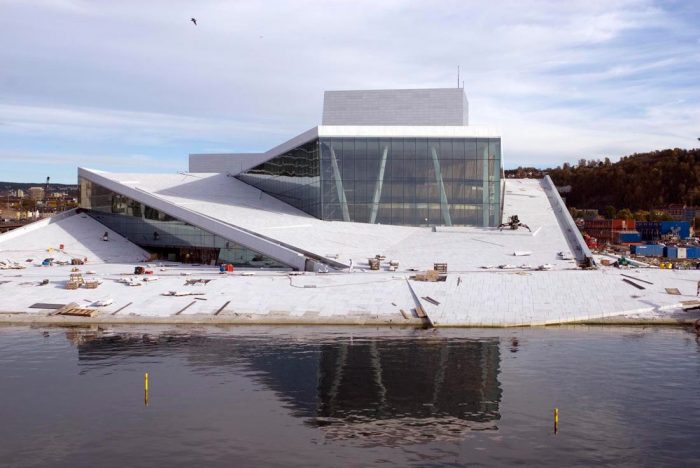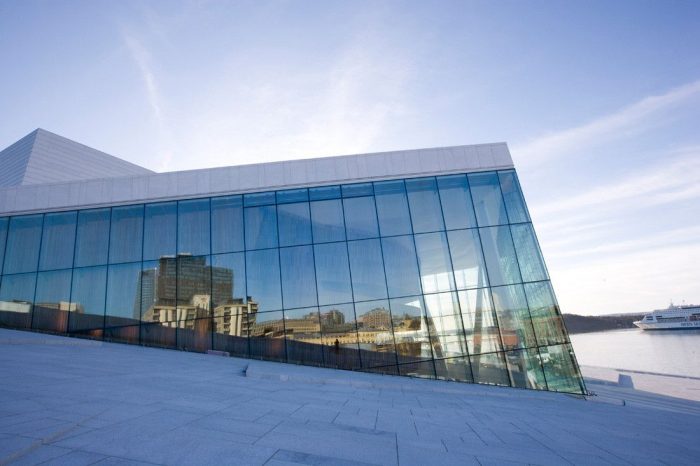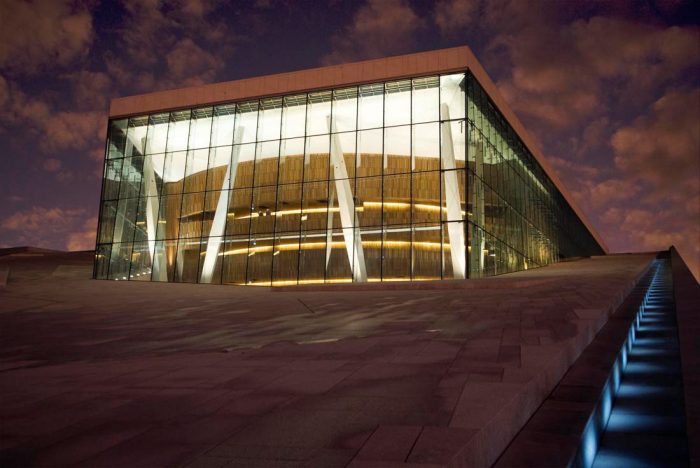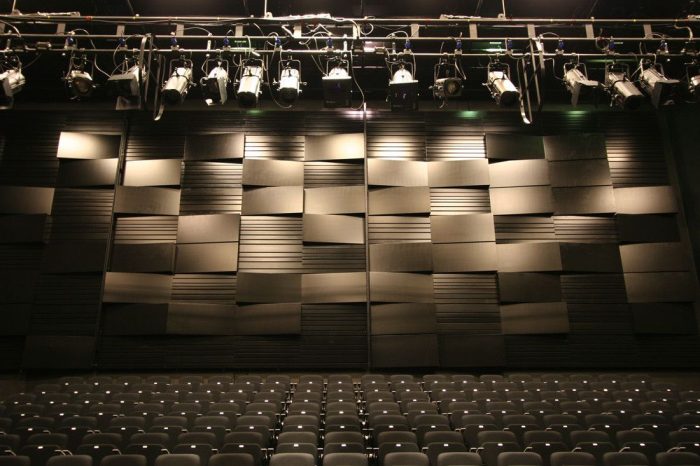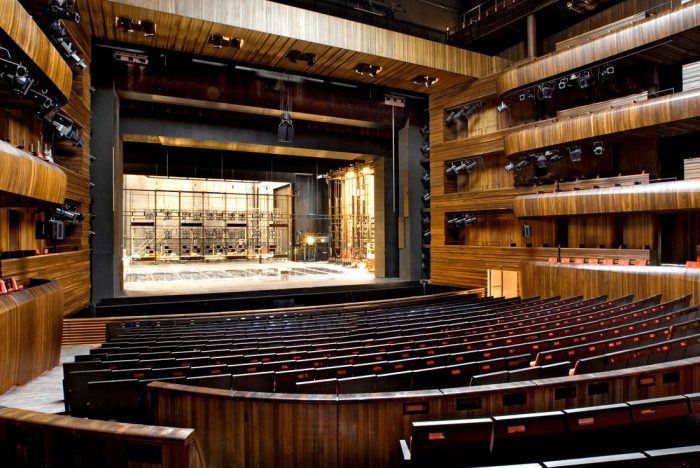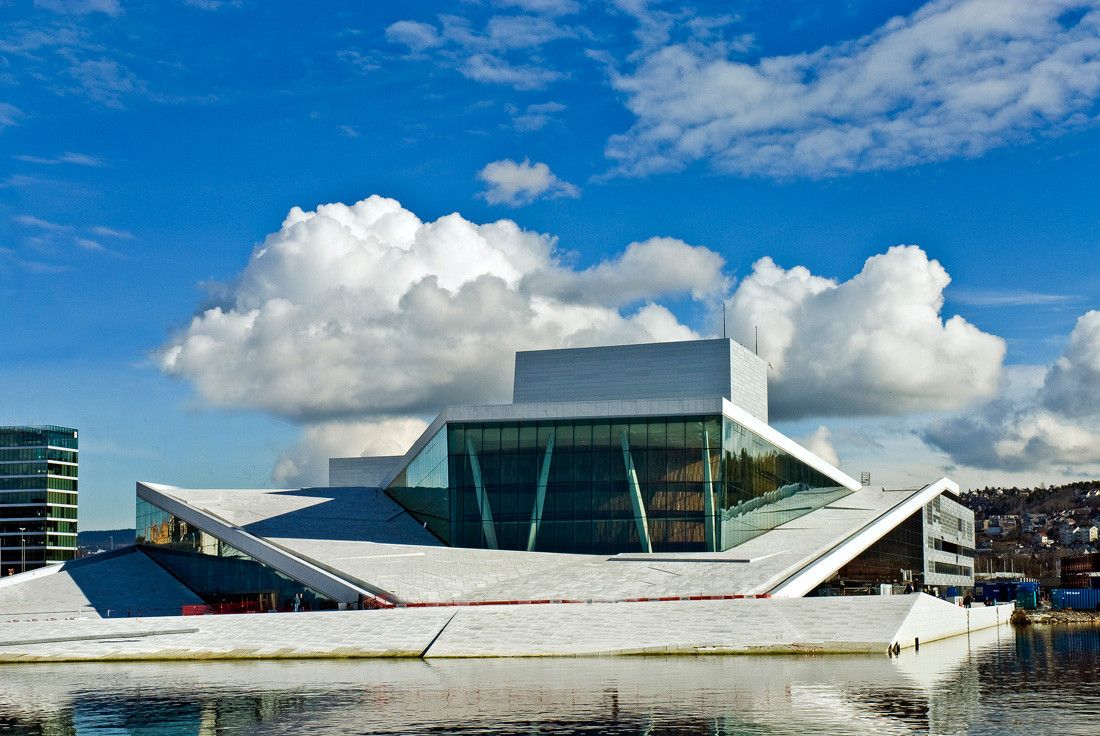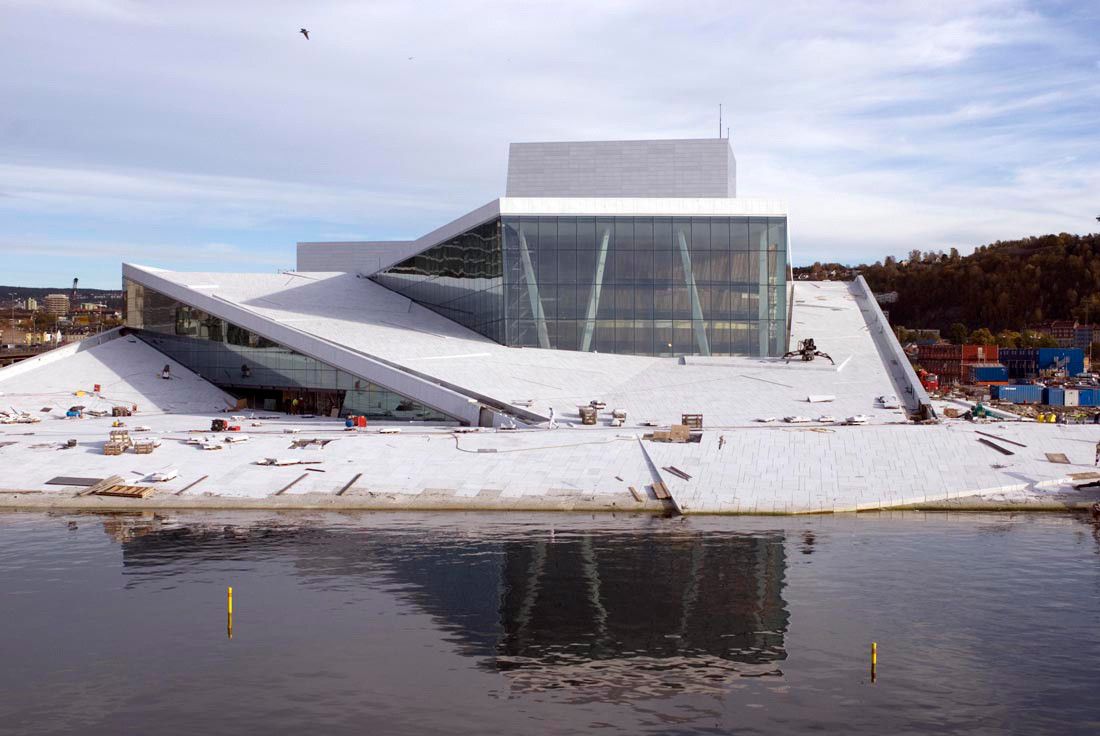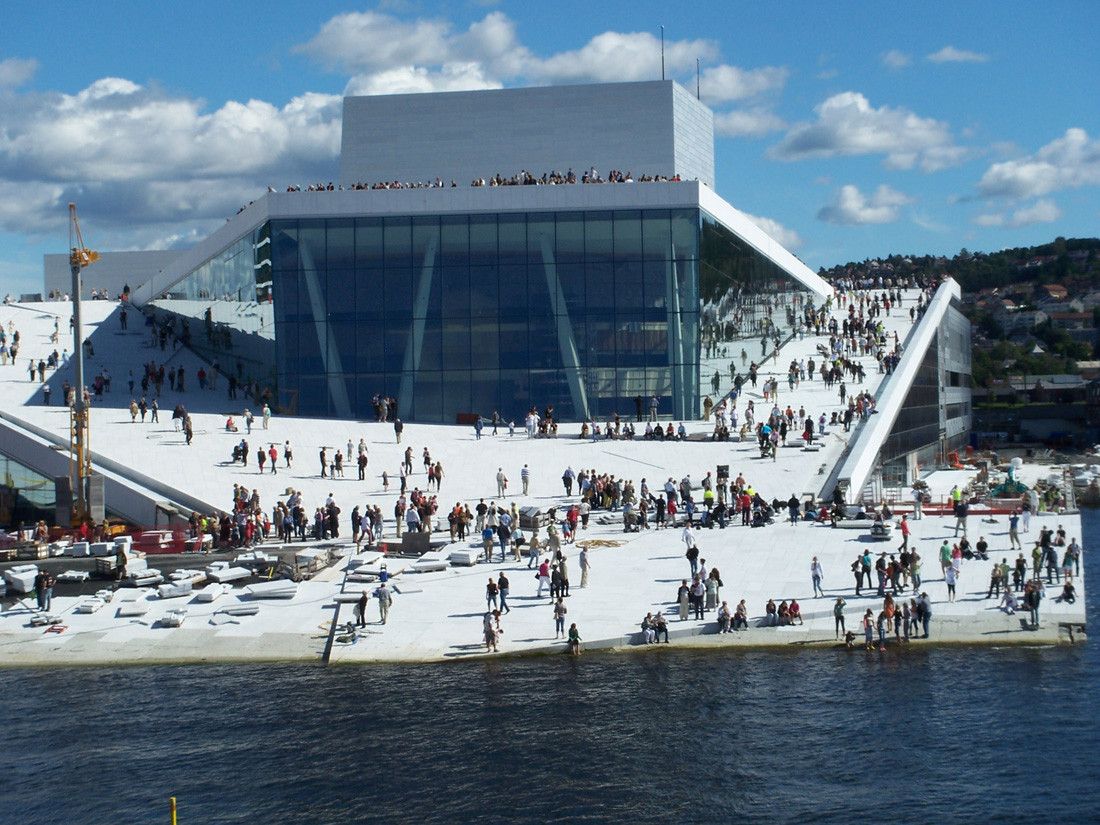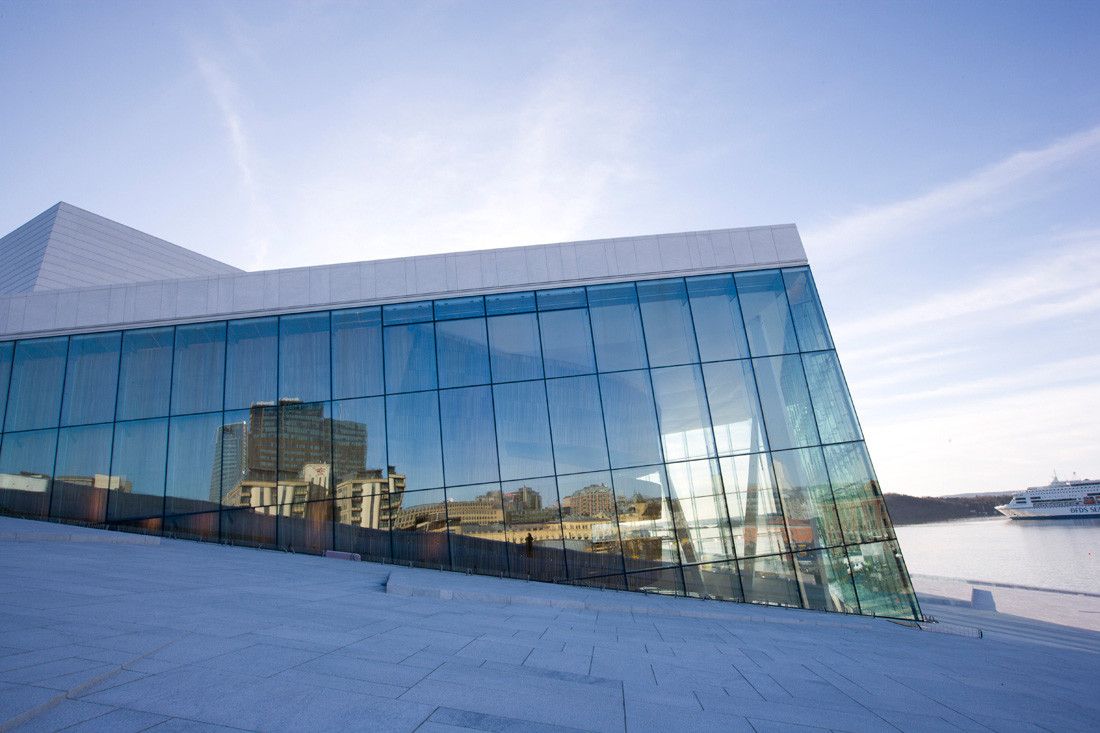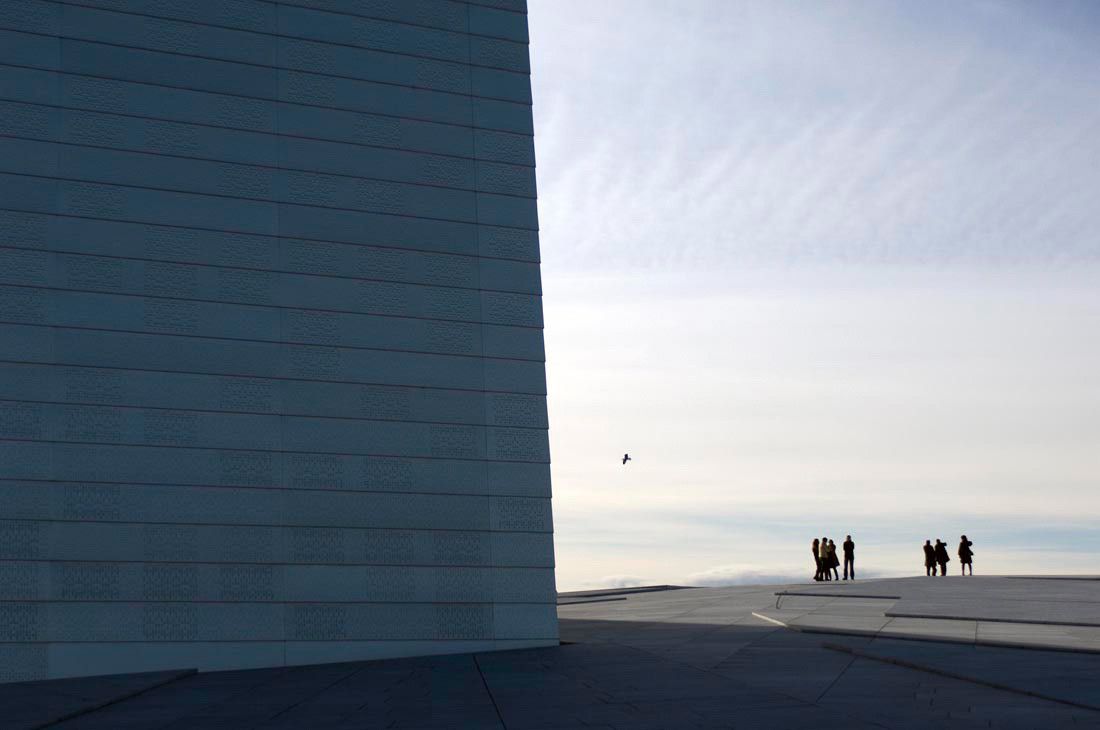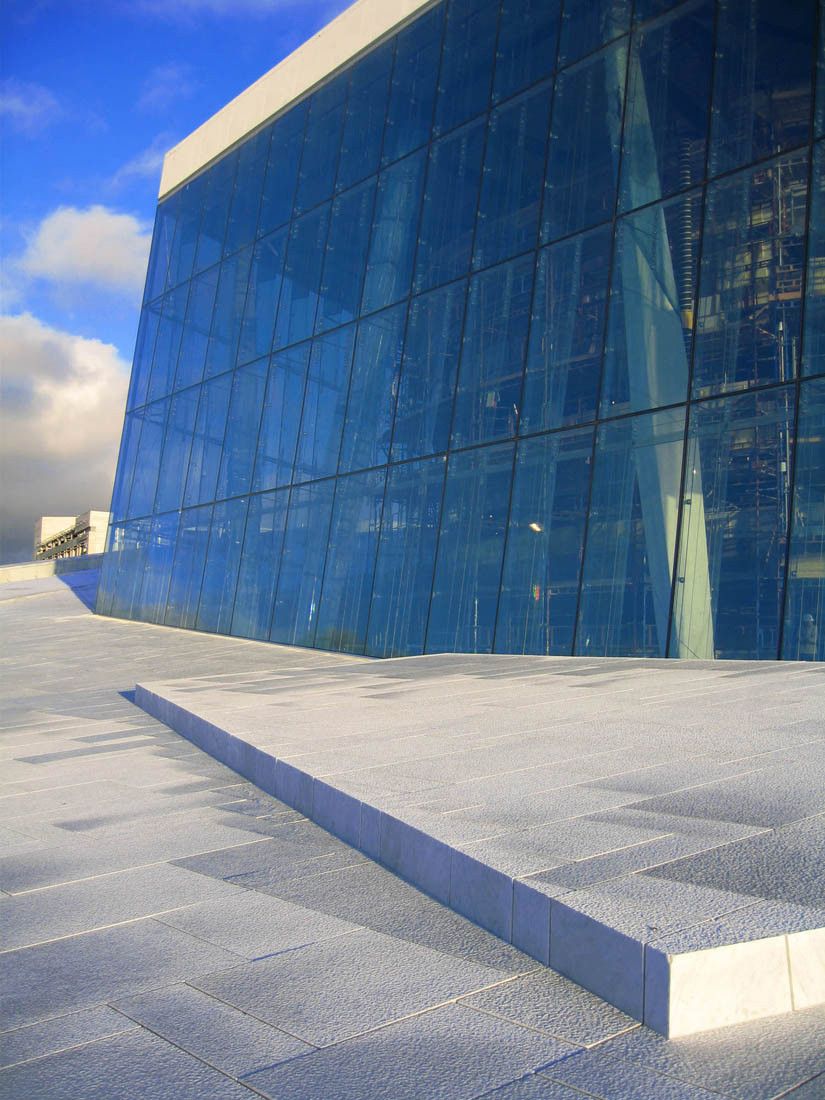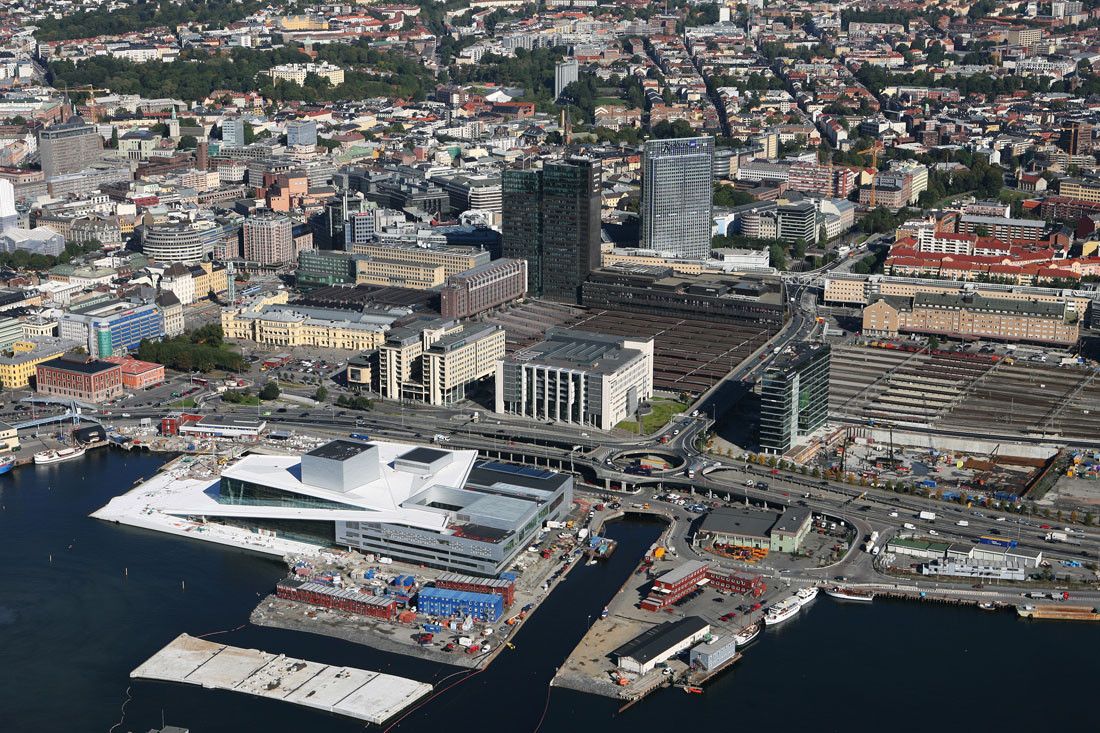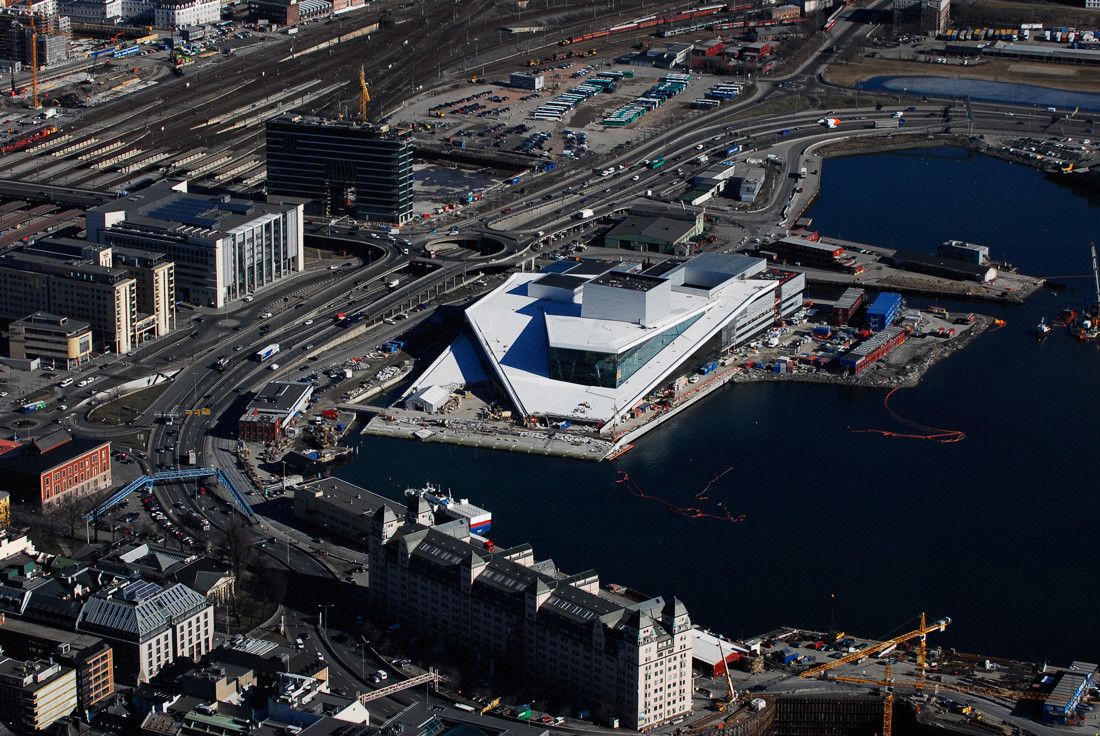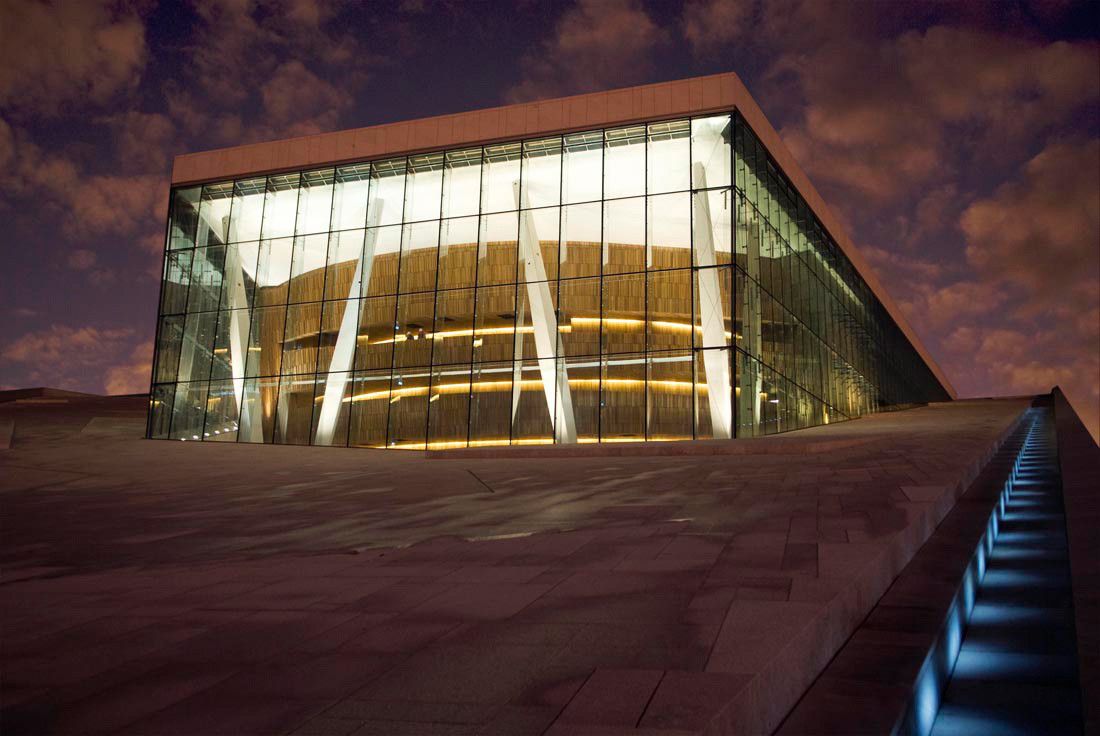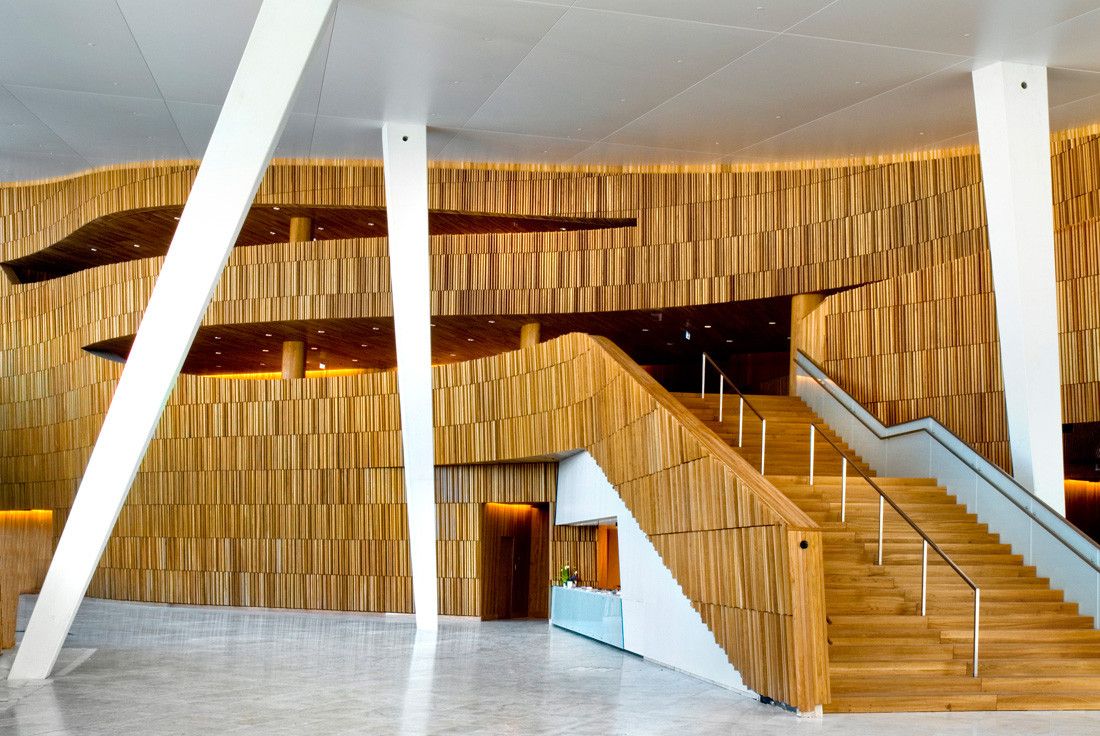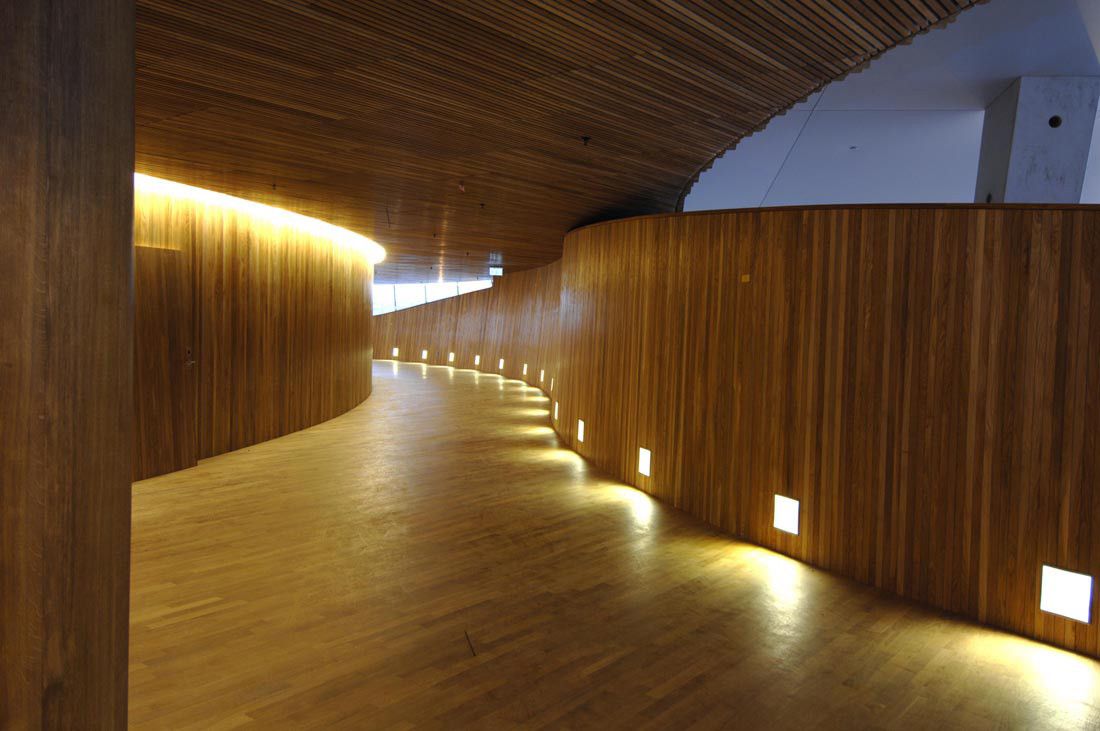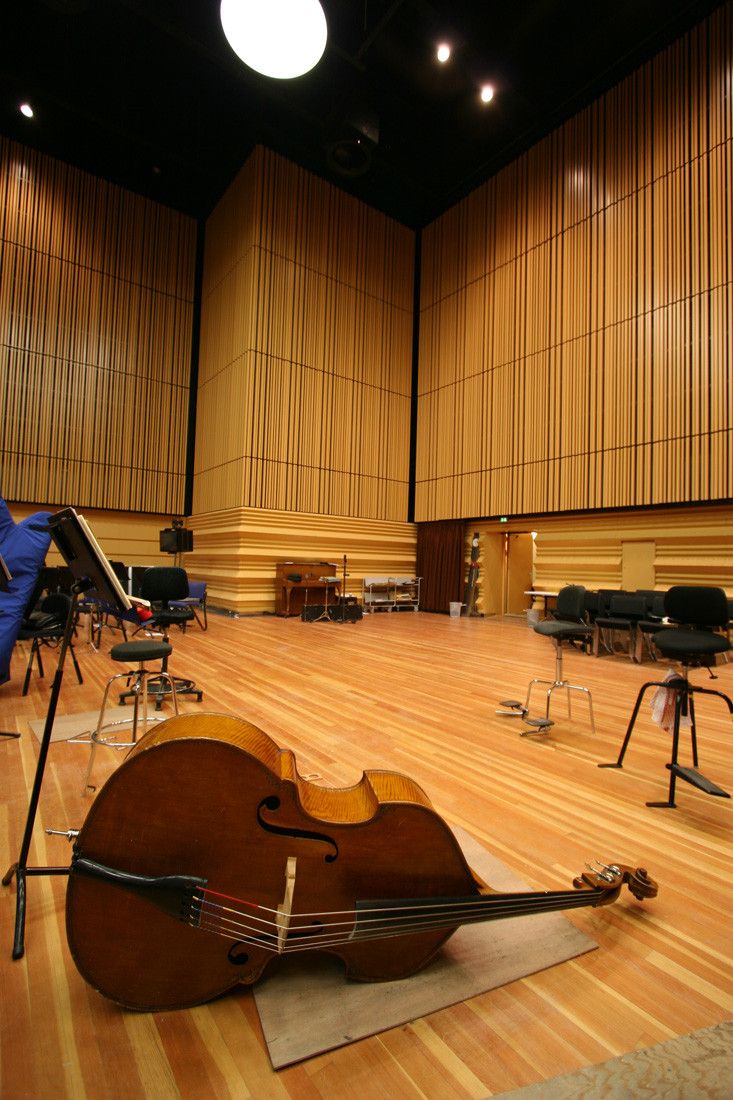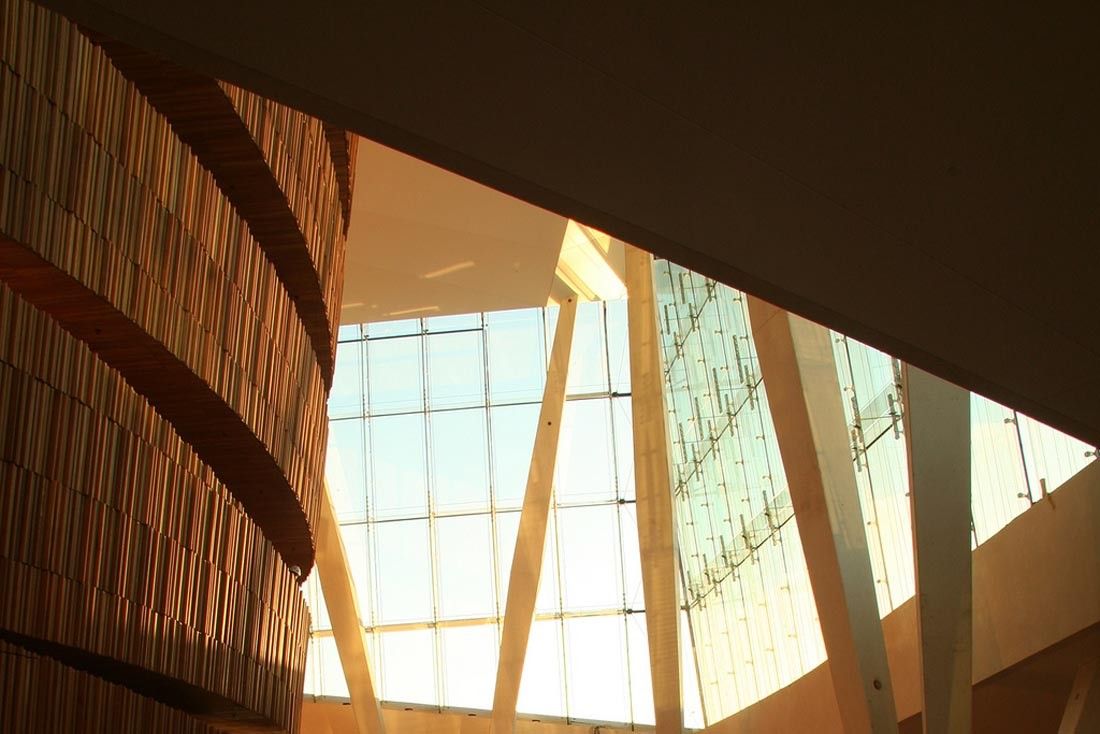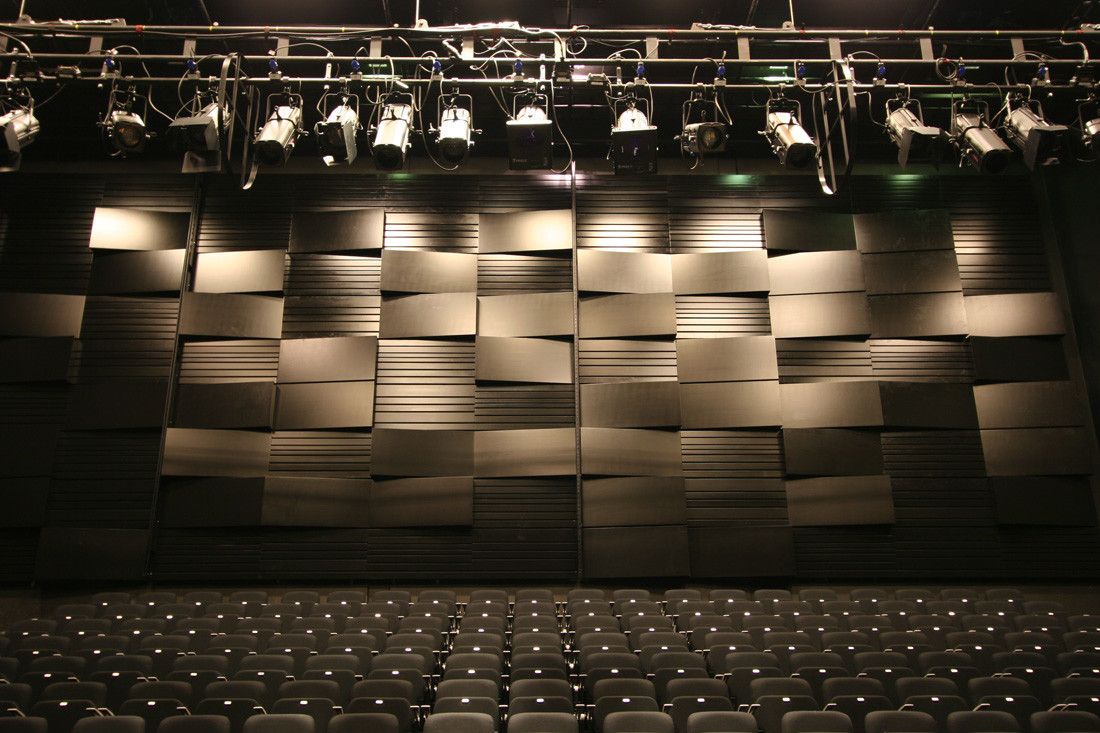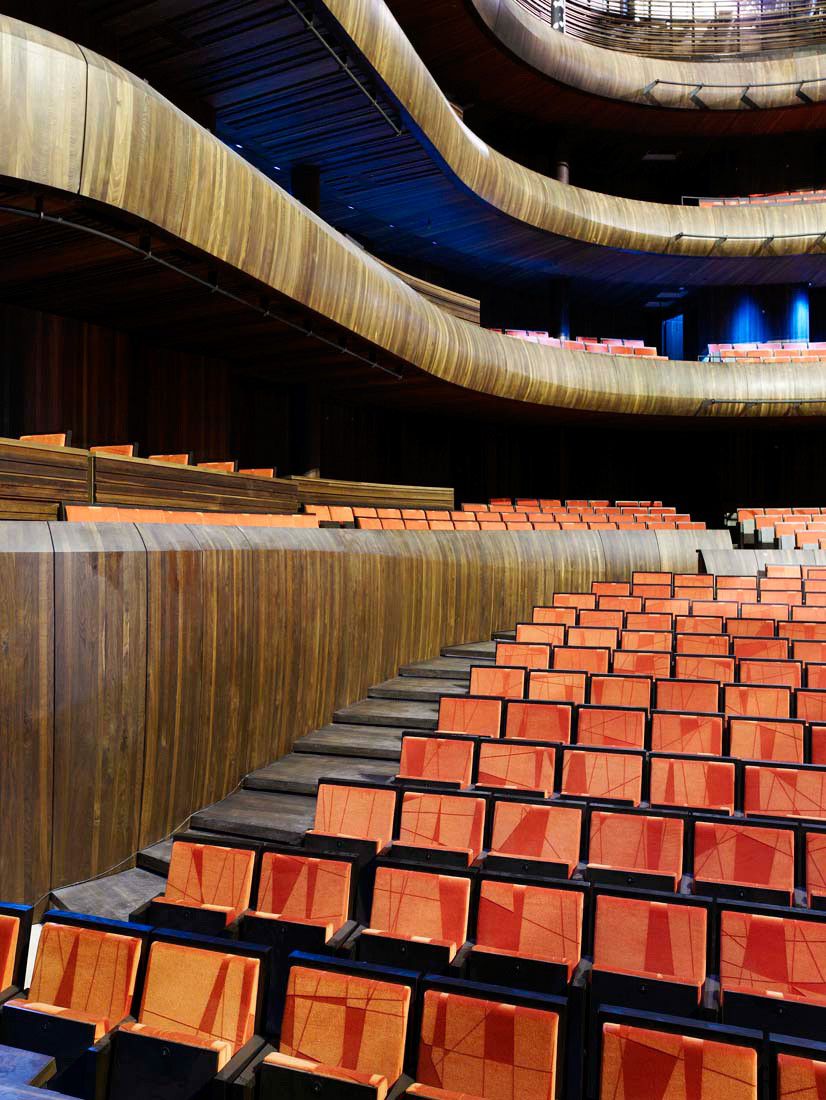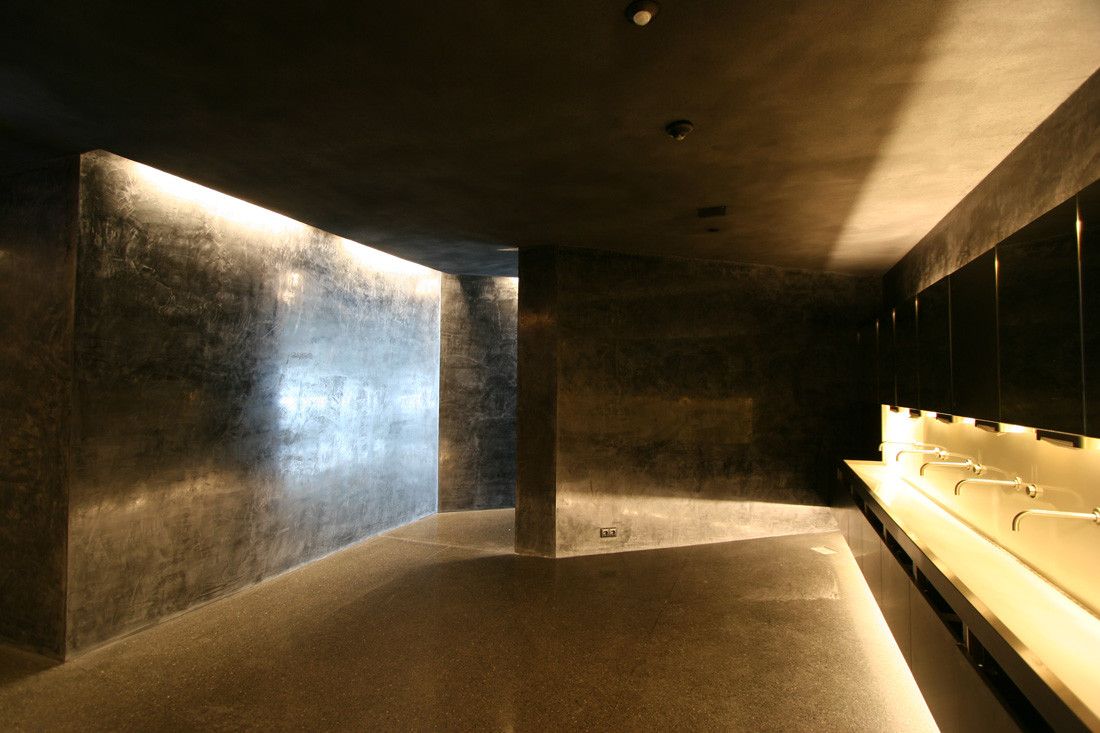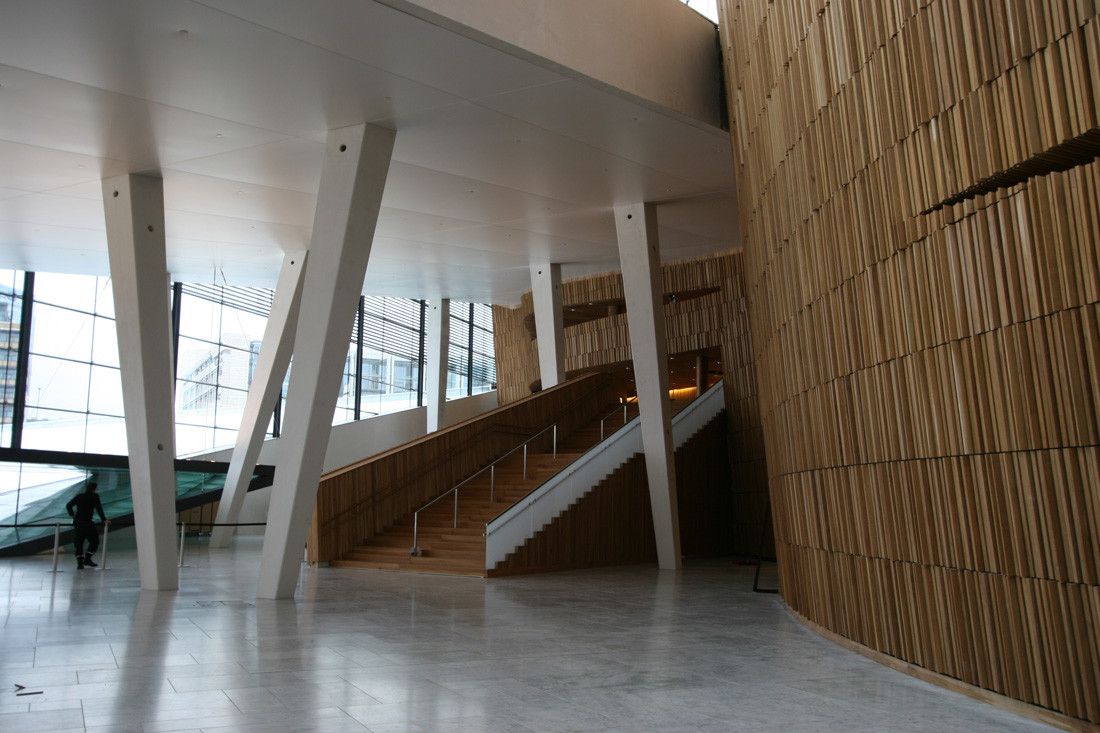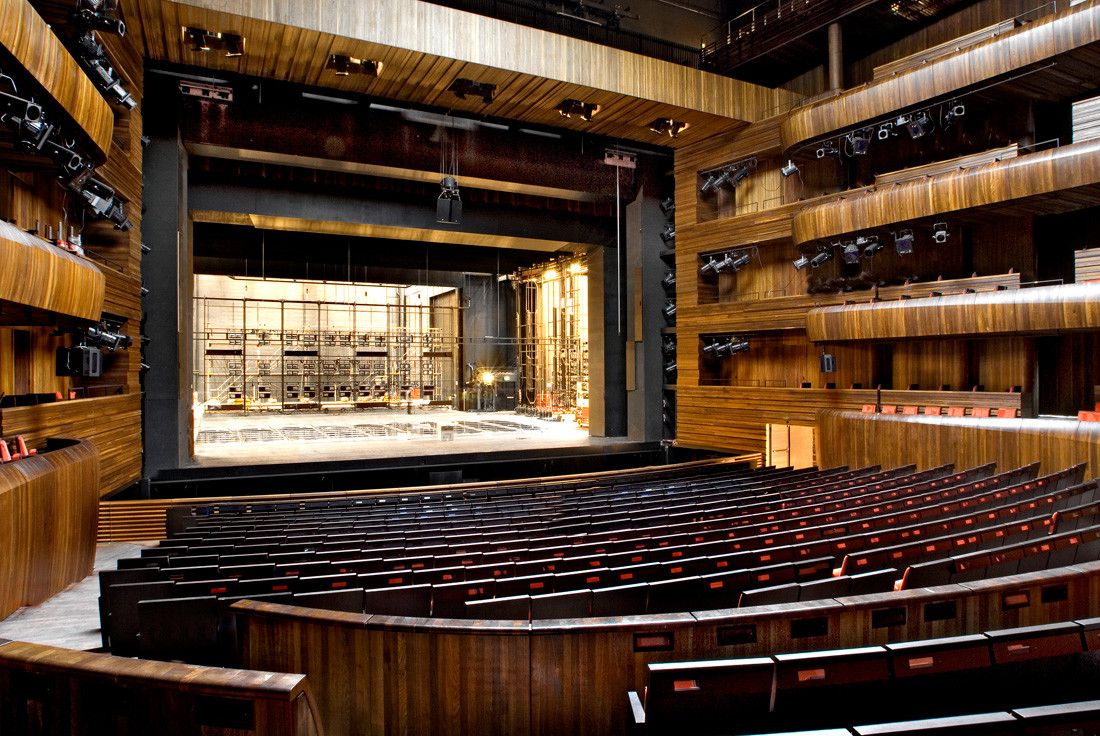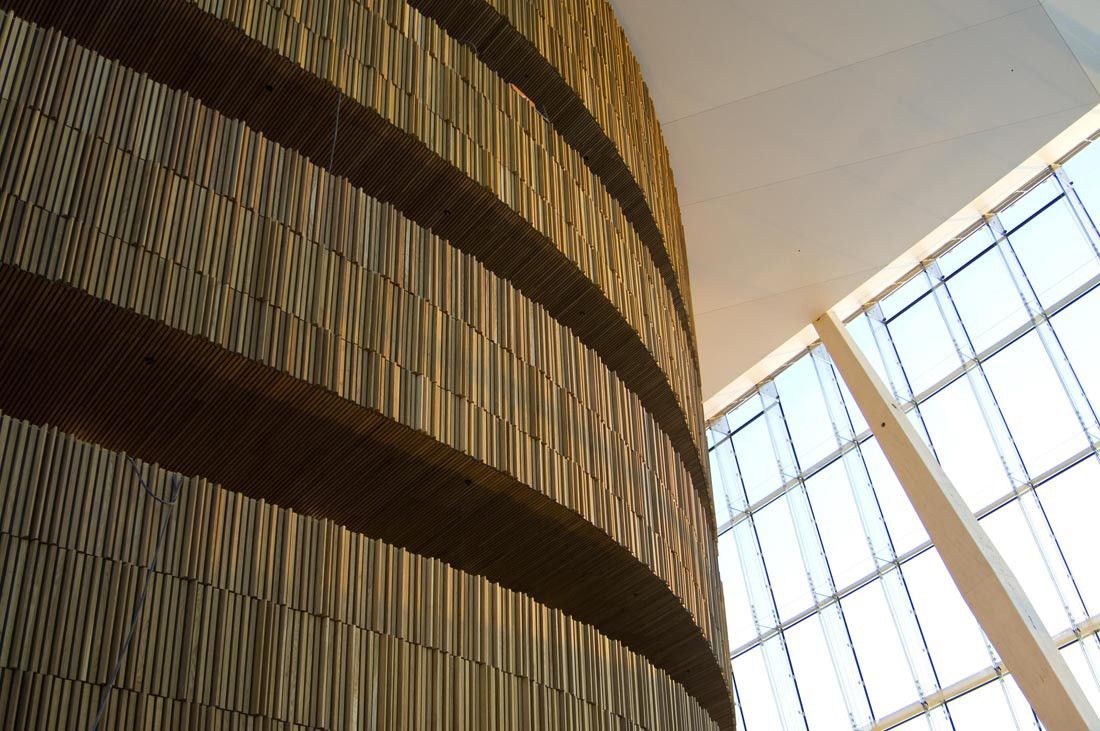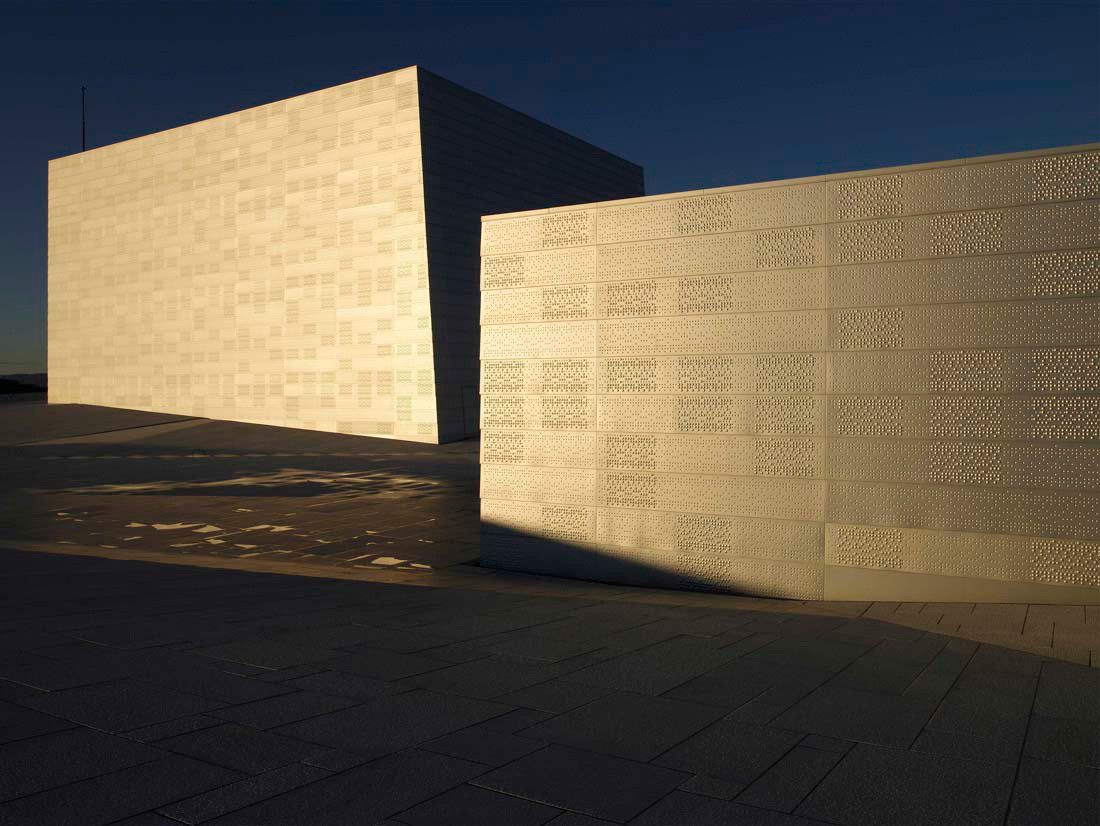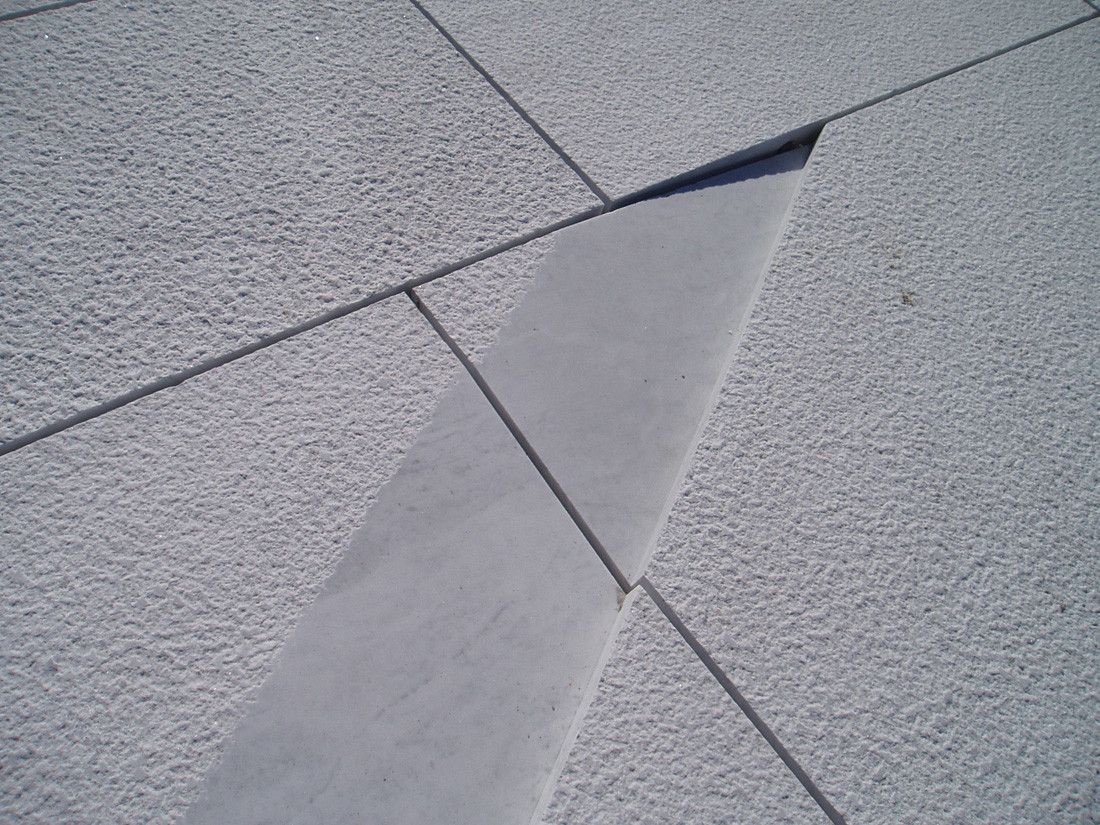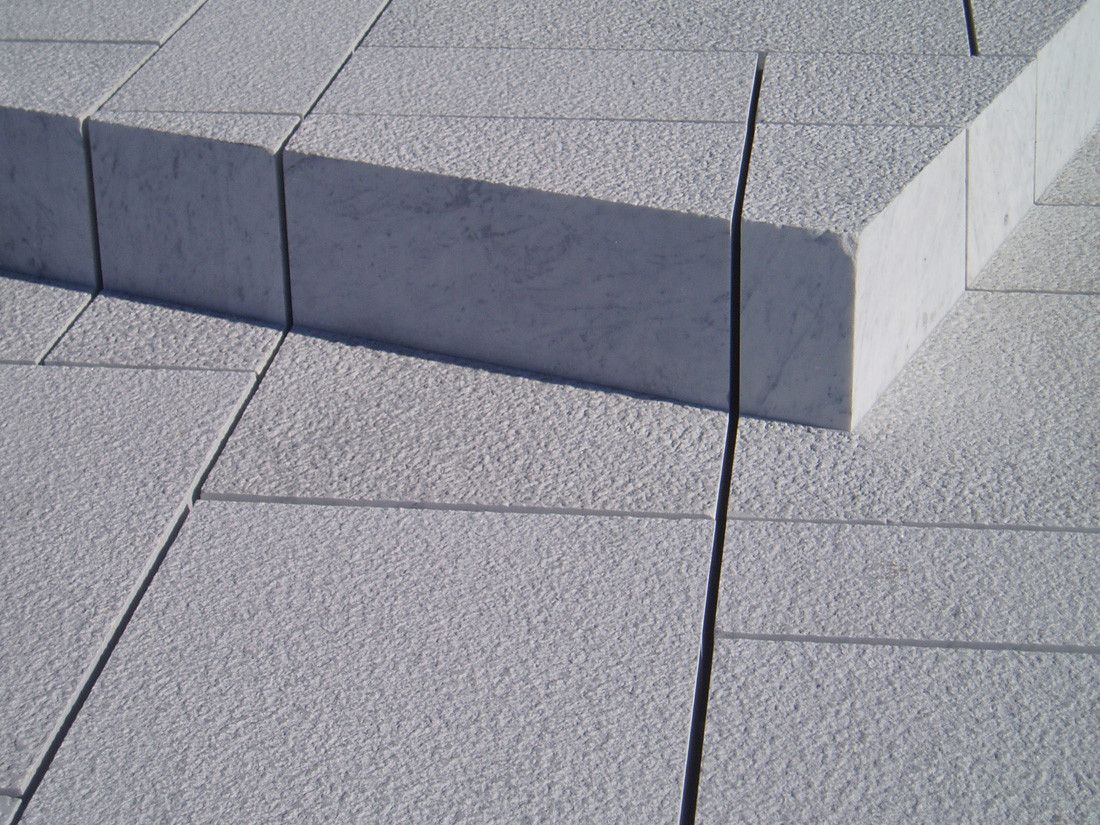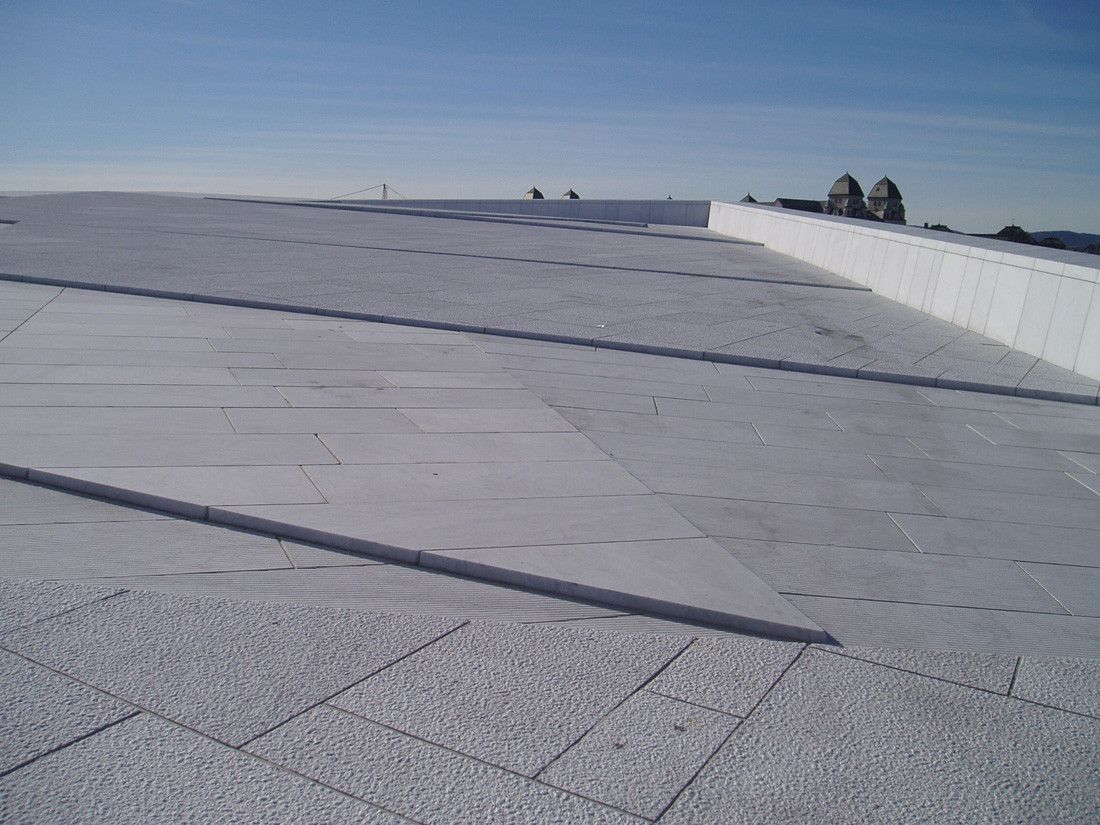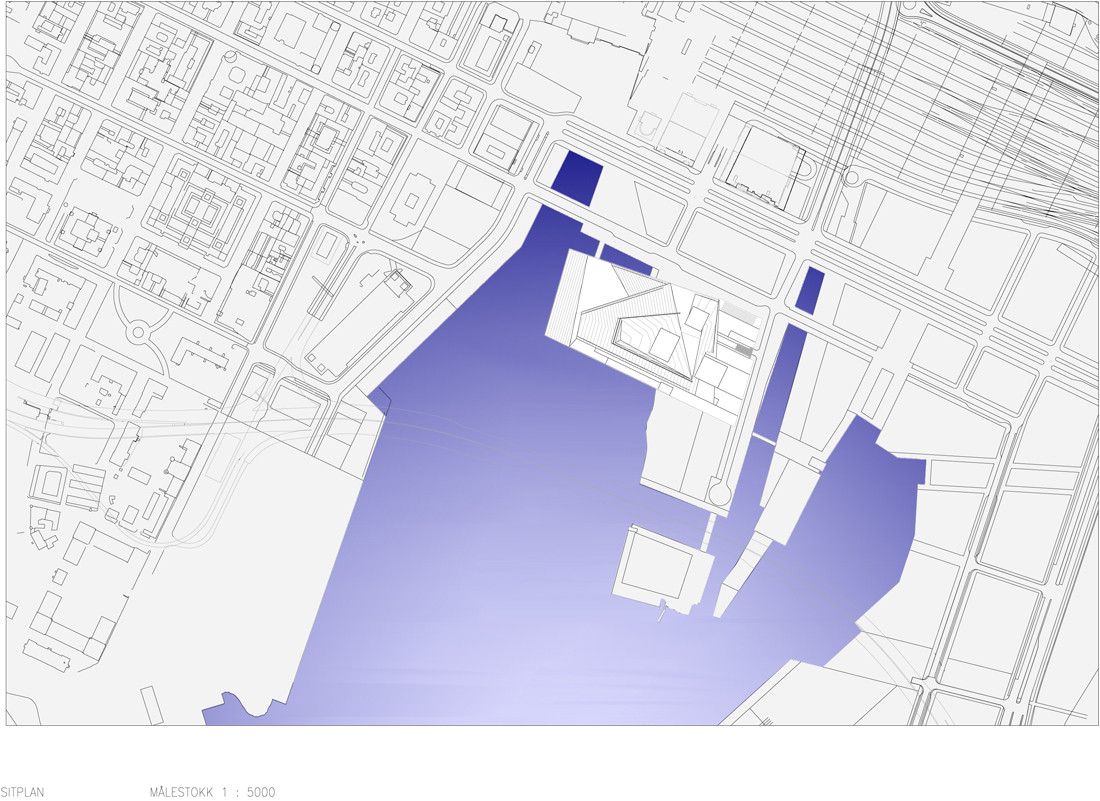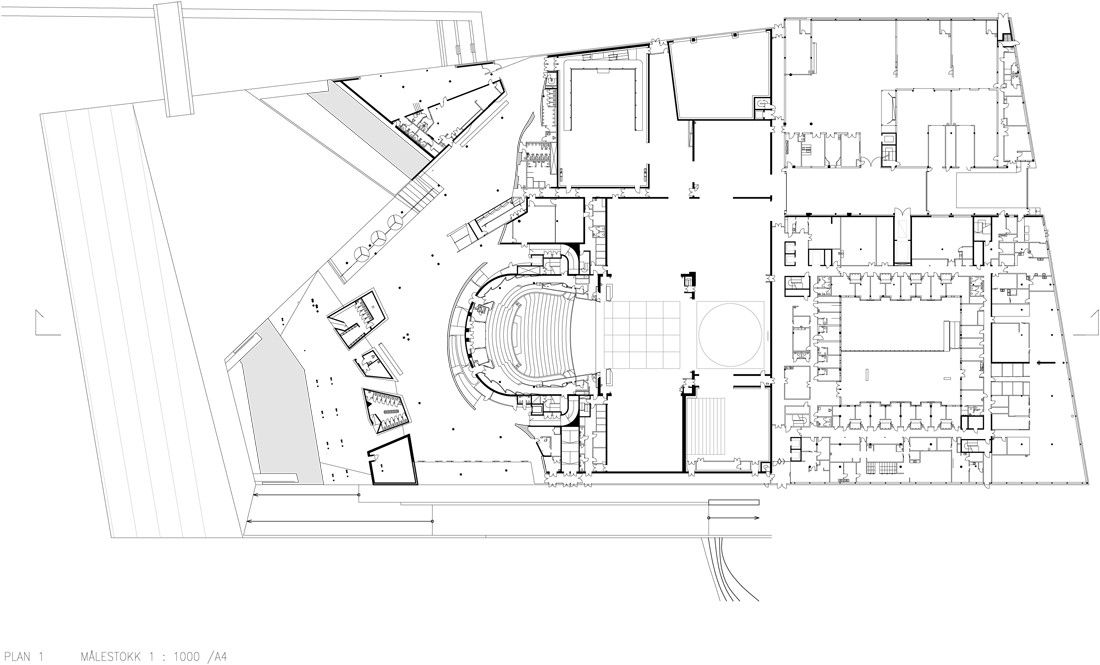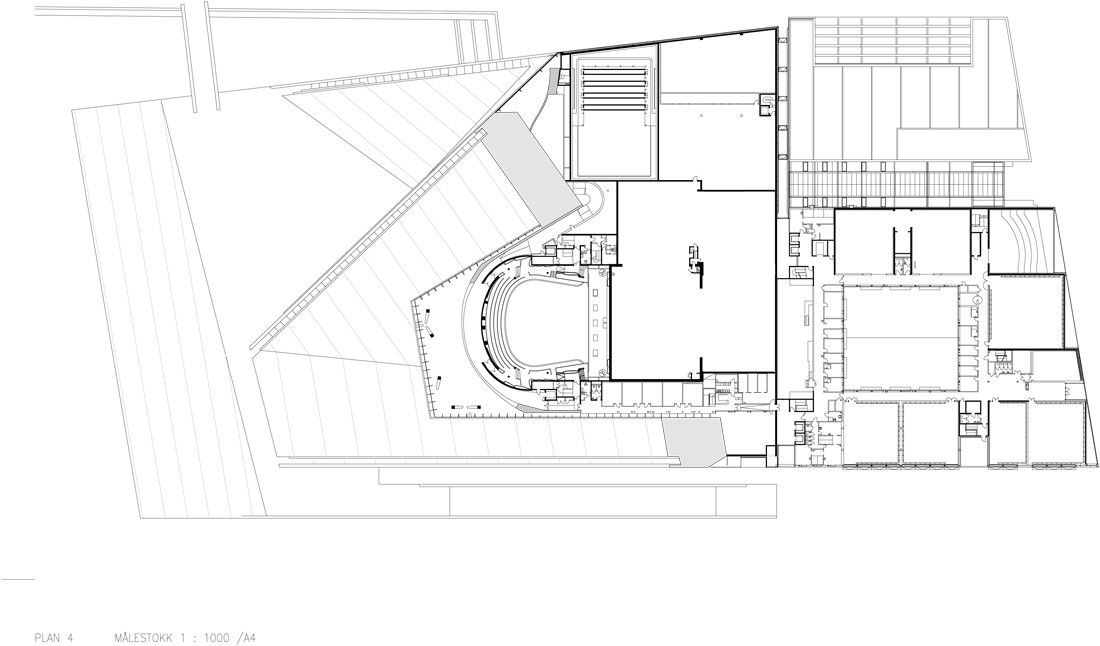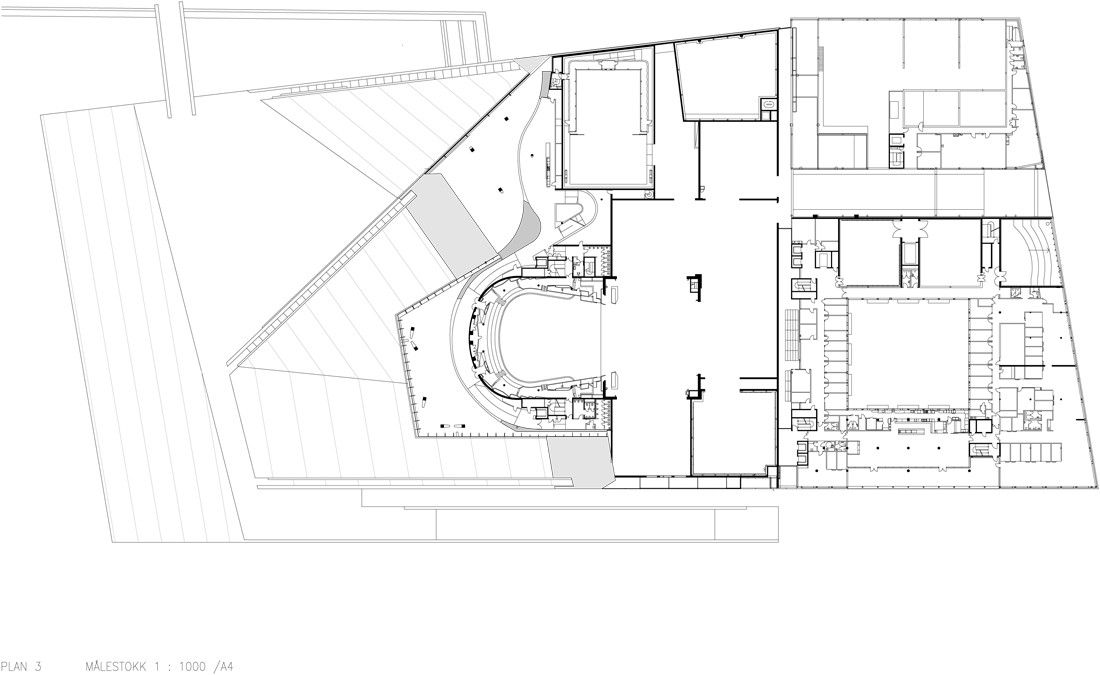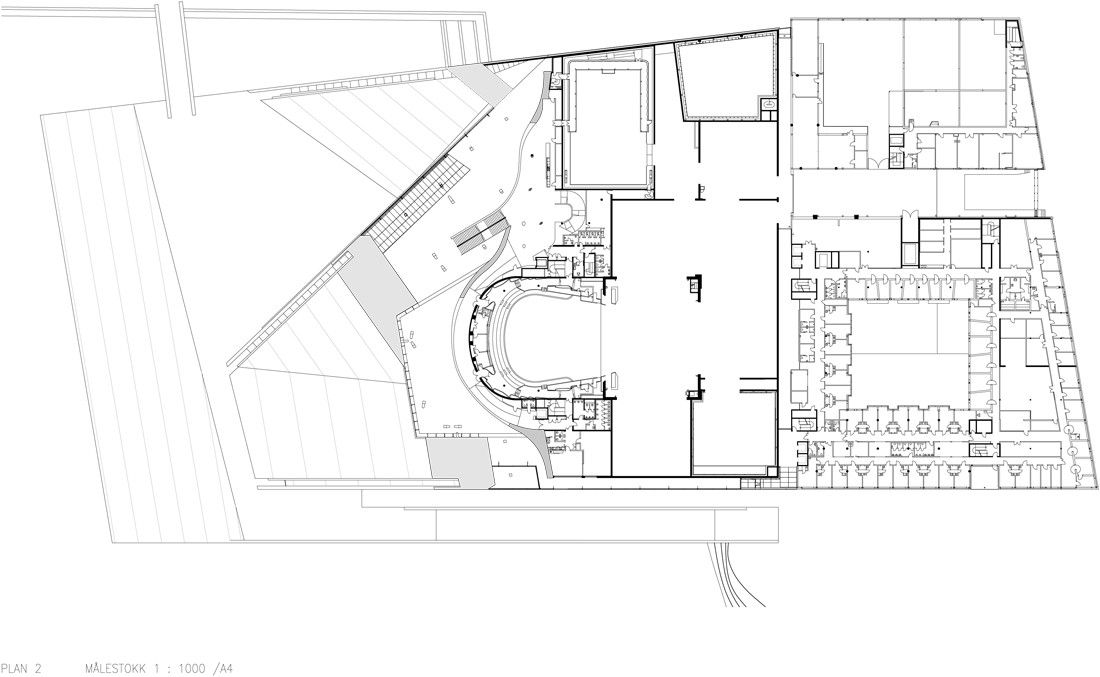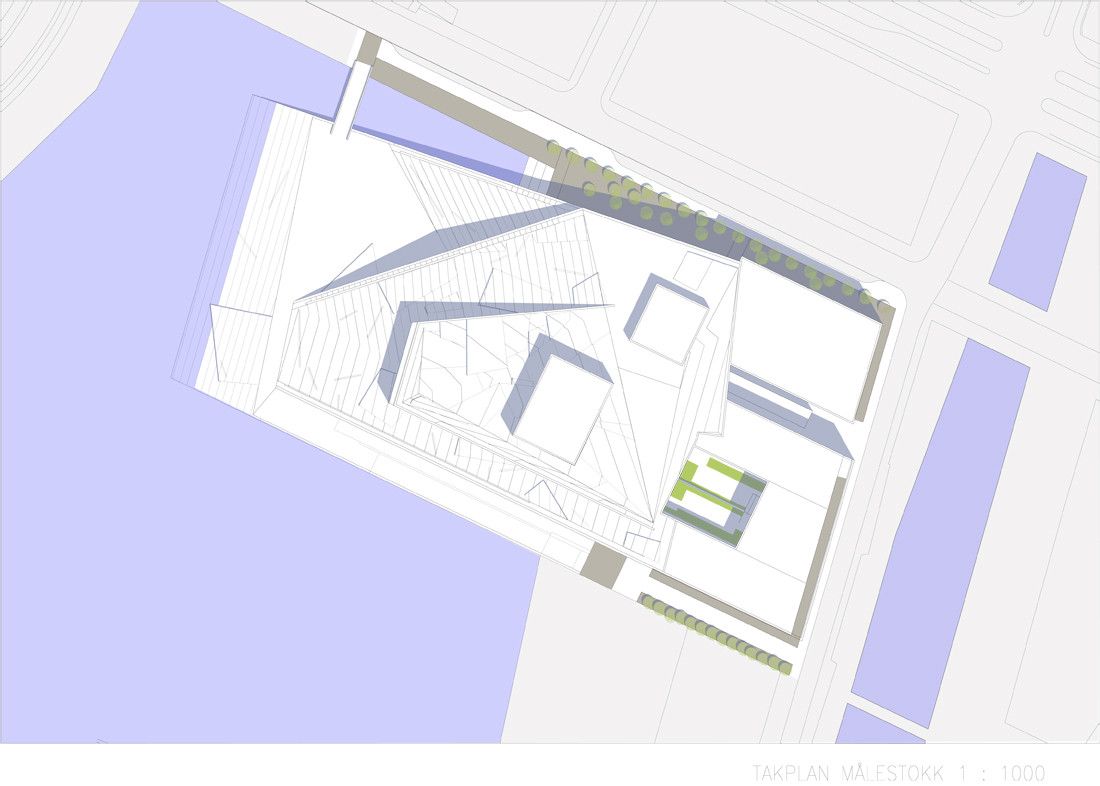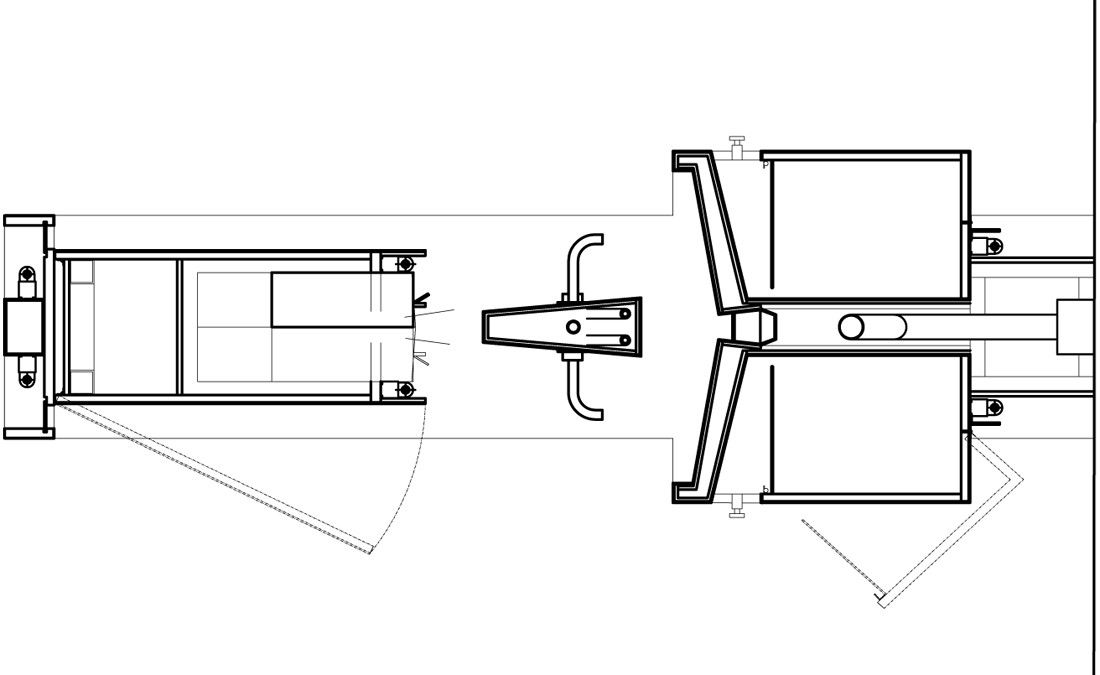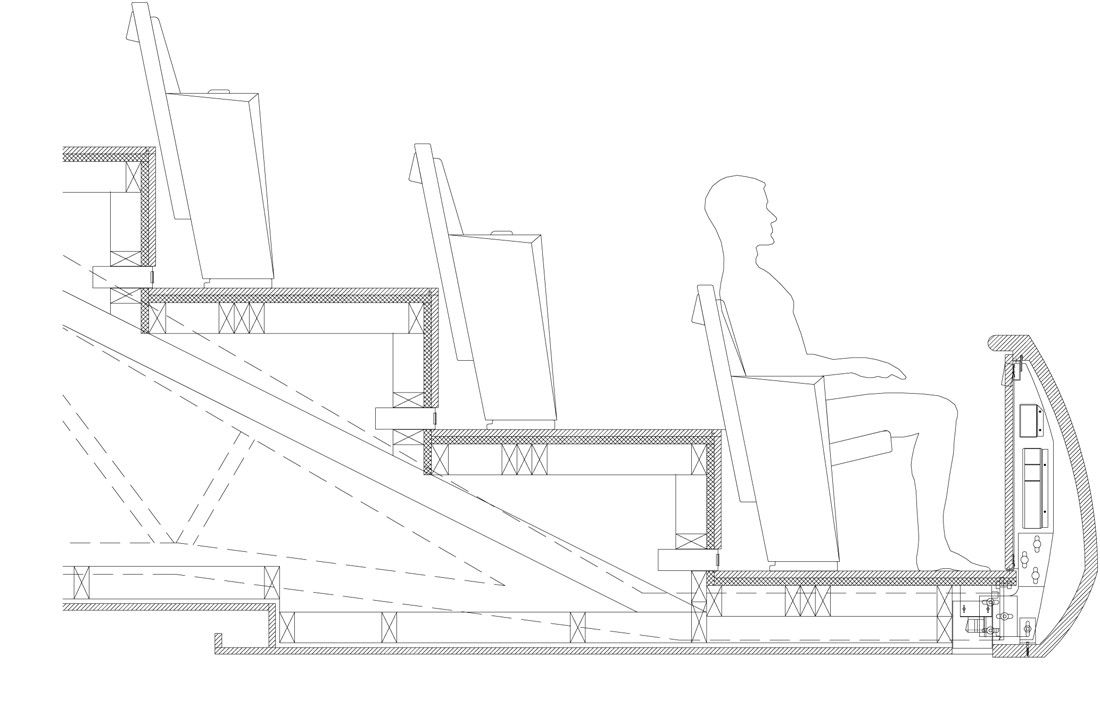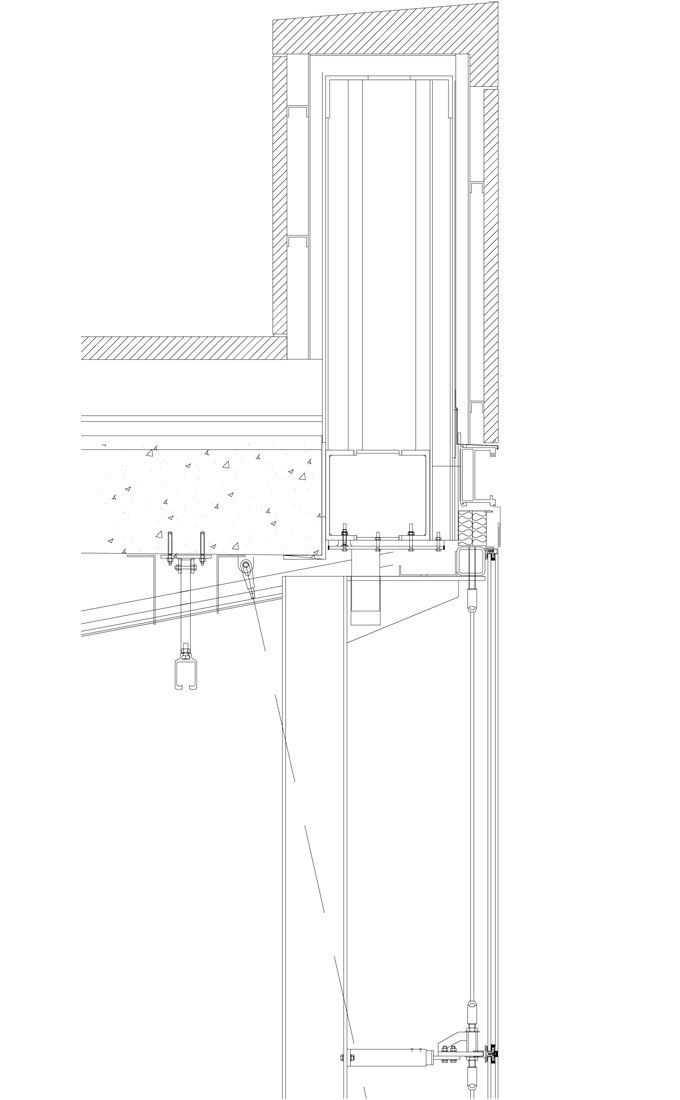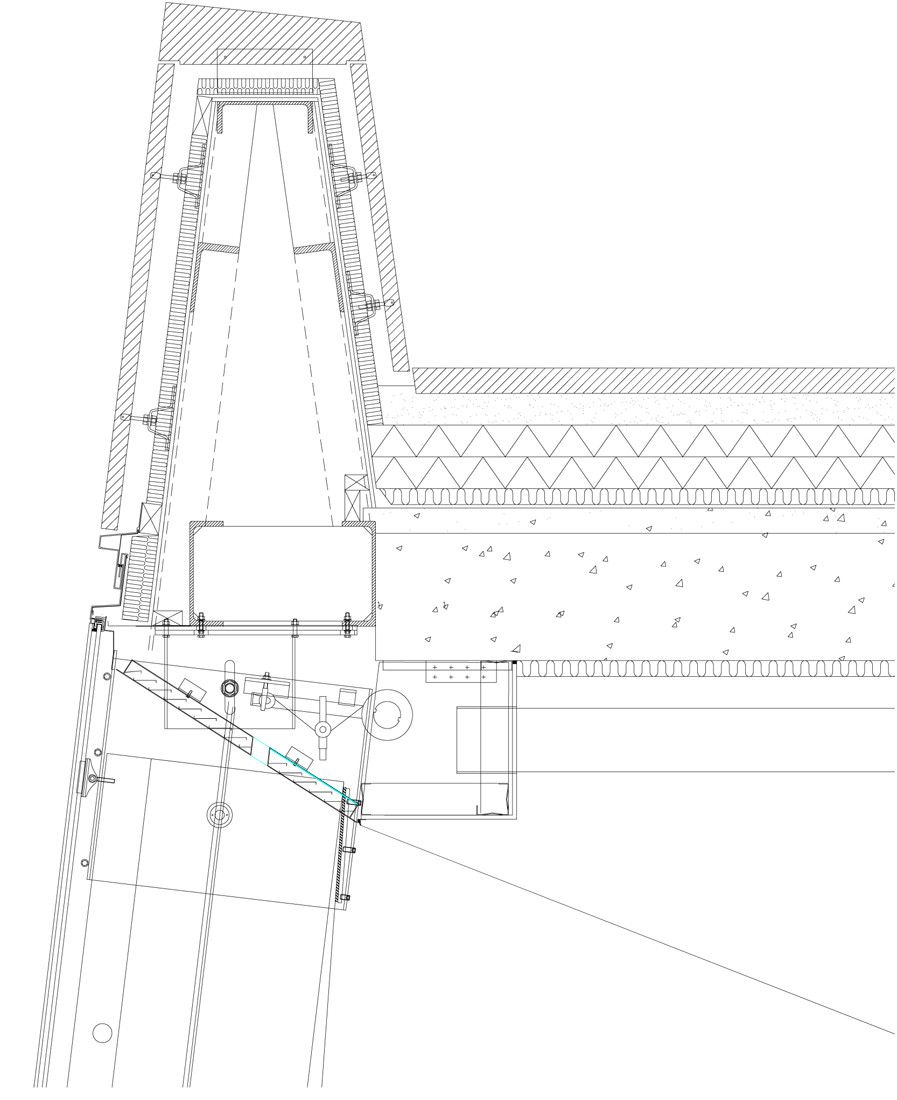Oslo Opera House: Snøhetta’s prize-winning design, was characterized by the jury as having strongly identifiable themes that tie the building to its culture and place and also presenting an unusual and unique expression that was in many ways new and innovative. The project developed a highly complex program into a simple general plan that integrated both practical and intuitive sculptural approach to modeling the exterior form. Its low slung form became a link within the city rather than a divisive sculptural expression. Its accessible roof and broad open public lobbies make the building a social monument rather than a sculptural one.
The Oslo opera house building is as much landscape as architecture and thus fosters public awareness and engagement with arts. Generous windows at street level provide the public a glimpse of the scenery workshop activities. The building still finds an audience with public who are not opera, ballet or orchestra fans. The cafes and gift shop, with their access to the waterfront, are destinations which offer opportunities to generate revenue for the institution while providing a general public amenity. Care was taken with the design of these components so that they are seamlessly integrated into the overall character of the building’s bold design.
In winter months, ice is often formed along the ramp and snowdrifts alter the form of the building. The roof is designed to be accessible in all seasons, inviting visitors to climb its roof all year. Oslo’s Opera house is part of the city’s revitalization strategy to redevelop the city’s historically industrial waterfront into an active public space.
The Oslo opera house is built on piles in the Oslo fjord, abutting reclaimed land that extends Oslo’s harbor, giving more of the city’s waterfront space back to the public. The new Opera house faces the city as much as the fjord and creates a strong visual connection between the downtown and Oslo’s eastern areas.
The entrance to the bathrooms is seen from the coat room. A dynamic skin with cool white color forms the outer character of the rooms while the interiors of the toilets themselves are heavier and mysterious. The perforated cladding in the lobby, for the bathrooms, was designed by the artist Olafur Eliasson. Chosen through an international art competition, the project allows the visitors’ perception of the lobby areas to change over time to move around the structures. A soft light changes color while the diamond-like filagree shows differing characteristics of scale and hue when passing alongside the walls.
The Oslo opera house is one of the many keyless structures Snøhetta has designed – the building’s lobby is public spaces, free and open to the public 24 hours a day, 7 days a week. Galleries that run alongside the main hall open towards both the main hall and the facades allowing for views back to the city and fjords. The curvilinear form of this lobby wall creates pockets of seating and areas that guests may collect during intermission.
The interiors have been designed by Snøhetta to provide an integrated and a complimentary quality to the informal and fluid forms of the public areas. The seating areas are arranged to promote comfort while the furnishings themselves are flexible and modular allowing for change over time. The interior door handles are custom designed, referencing the ramp-like forms of the exterior.
The Oslo opera house building is also a practical, functional oriented workplace for 600 people. Part of the building is formed within a rational, factory-like setting. The Opera has three theaters and a variety of practice and rehearsal spaces. The Main Hall is designed as a horseshoe-shaped room reminiscent of classical theaters of the past. The main chandelier consists of hand-cast glass bars that are lit from behind with LED lights. Working with the visual artist, Pae White, led to the incredible design of the Main Theatre’s curtain. The metal cladding of the Opera’s fly tower was created in collaboration with Løvaas and Wagle.
Before construction, tons of heavy metals polluted the fjord, a leftover from its days as a dry dock and industrial harbor. Much of this pollution was removed and the rest contained at bedrock before construction began. The site is now rich with bird life and the building has reconnected city inhabitants with the water’s edge. The marble roof is designed by the artists Kristian Blystad, Kalle Grude and Jorunn Sannes.
Project Information :
Architect : Snøhetta
Location : Oslo, Norway
Project Year : 2000 – 2008
Total Area : 38,500 square meters
Client : Statsbygg ,The Governmental Building Agency
All images courtesy of Snøhetta
Courtesy of Snøhetta
Courtesy of Snøhetta
Courtesy of Snøhetta
Courtesy of Snøhetta
Courtesy of Snøhetta
Courtesy of Snøhetta
Courtesy of Snøhetta
Courtesy of Snøhetta
Courtesy of Snøhetta
Courtesy of Snøhetta
Courtesy of Snøhetta
Courtesy of Snøhetta
Courtesy of Snøhetta
Courtesy of Snøhetta
Courtesy of Snøhetta
Courtesy of Snøhetta
Courtesy of Snøhetta
Courtesy of Snøhetta
Courtesy of Snøhetta
Courtesy of Snøhetta
Courtesy of Snøhetta
Courtesy of Snøhetta
Courtesy of Snøhetta
Site Plan
Plan
Plan
Plan
Plan
Roof Plan
Detail
Detail
Detail
Detail


